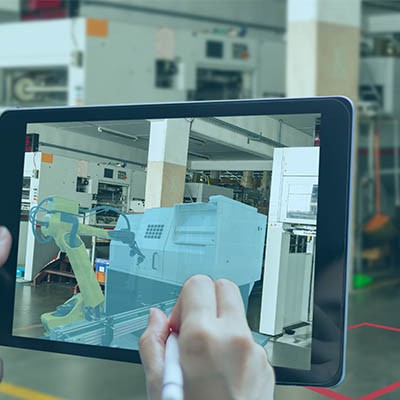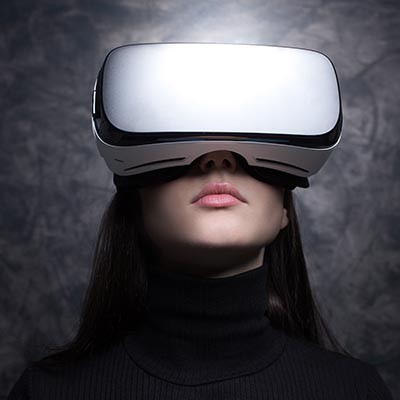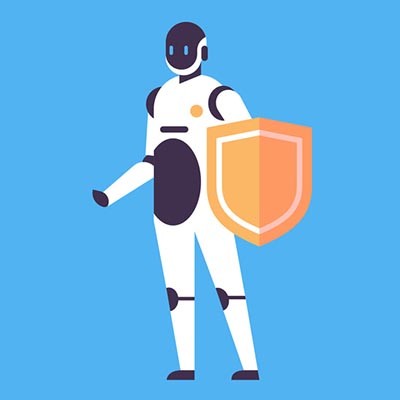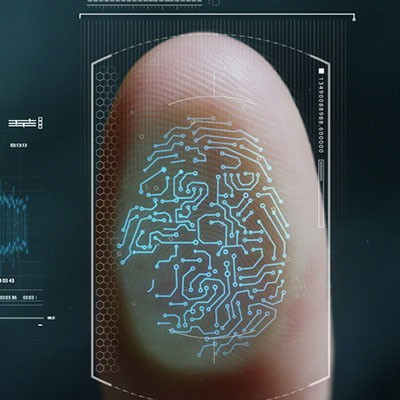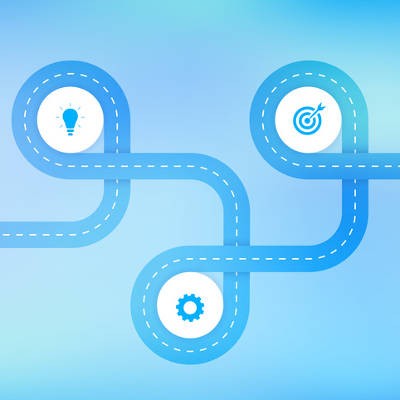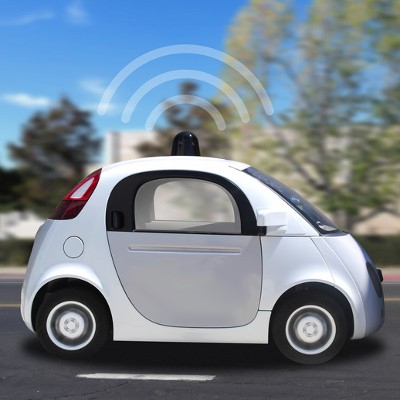New technology can be extremely exciting, but for any business, it can be kind of scary. Implementing technology that isn’t completely established is a major gamble that could have multiple negative impacts. On the other hand, sometimes early adoption of emerging technology will give a business just the boost it needs to blow past projections. Today, we will look at three emerging technologies that the small to medium-sized business will have to consider in the near future.
Argentum IT LLC Blog
There have been people talking about the oncoming AR trend for almost a decade now. Google Glass was supposed to revolutionize technology as we know it, but due to security and privacy concerns, it has never come to pass. AR is, however, a growth market and applications for the technology are growing rapidly. Today, we’ll take a look at augmented reality, and what to expect from the technology in the coming years.
Technology changes rapidly, whether we like it or not. Most of the time, that change is beneficial; you can get more done, gain more visibility, stretch your resources further, and do things you wouldn’t have thought possible (or at least affordable) a few years ago. Other times, technology changes come with the frustration of having to learn something new, develop new processes, and deal with a cavalcade of other annoyances that just make you want to go back to ‘simpler’ times. Today we’re going to talk about how to prepare you and your organization for the inevitable changes that your IT will be facing over the next few years.
Blockchain is one of the most popular emerging technologies, and it’s easy to see why. While the technology behind blockchain was once looked at as having no practical application in the workplace, it is now taking a seat front and center as a security tool for a modern business environment. Let’s take a look at what’s going on in the world of blockchain.
Does anyone remember computer punch cards? Does this date us? Either way, since computing punch cards went the way of the dinosaur, there has been some version of the keyboard and mouse as we know them today. These interfacing tools have become so ingrained into our minds that it is frankly difficult to imagine a computer without them... But this begs the question, will there ever be a user interface impressionable enough to replace them?
Technology is taking on a new role for the modern business. With more value placed on data, and new innovations presenting viable options for business use, technology is now front and center for many organizations. We’ll discuss four of the most emerging technologies and how businesses are beginning to use them.
Virtual assistants have a lot of promise as a productivity tool, so it only makes sense that they would begin to appear in the workplace. Unfortunately, these devices have also gained a reputation as a security risk. Whether or not you’ve considered bringing virtual assistants into your business, you need to prepare for their presence there.
The healthcare industry has been trying to make the jump to digital for over a decade. While many practices have been able to successfully implement electronic health record (EHR) technologies, a full digital transformation has eluded many others. Nowadays, providers are actively searching for ways to achieve measurable results with these newer technology implementations. Today, we take a look at the healthcare industry’s IT as it stands in early 2019.
It’s a familiar scene from many science fiction properties: a person approaches a locked door. They unlock it, but rather than using a key, a red beam scans their eye to confirm their identity and permit them access. The thing is, this and similar biometric authentication technologies are likely to begin appearing in real-world businesses sooner than later. Let’s discuss:
Innovation in the workplace has changed the way that operations have been handled over the years. These days, office technology innovation might seem like it’s hitting a lull compared to previous jumps, but there are still plenty of ways that it’s improving the quality and productivity of the workday. With the right tools, your business can improve its access to data and enhance its productivity in ways previously unseen.
A technology roadmap is a key asset to use when planning your business for the near future. IT is volatile and demands that you always think ahead, so if you want to make sure technology doesn’t become a major pain point for your organization, it’s best to start thinking ahead. We’re here to help you get started thinking about how your business technology should change and adapt over the course of 2019.
As of this point, the vast majority of our experience with the Internet of Things has been on a small scale - accessories and appliances that connect to the Internet to gain some added functionality. This technology can also be applied to a larger, more civic purpose - the development of something called a “smart city.” Unfortunately, this application could prove to be as problematic as the IoT we are more accustomed to.
It’s not unusual for people to try and predict what the future will look like, but too many times when people try and predict what will happen in the future, the reality of what is happening today isn’t taken into account. Imagining the workplace (and workforce) of the future requires we look at where we are today, the pace of change, and what changes are expected. It may not go the way you envision, but the more empirical data you use to model what the future looks like, the less disappointed you’ll be when your imaginary benchmarks aren’t met.
At Google I/O 2018, the latest occurrence of Google’s convention for developers, a stunning new technology was demonstrated to those in attendance. Called Google Duplex, it adds a new level of utility and capability to the Google Assistant, in that it enables the Google Assistant to make phone calls on the user’s behalf that are almost indistinguishable from human conversation.
How would you like to be able to charge your smartphone by simply walking down the street? Or to be able to turn the tie you’re wearing into a voice-recognition security system? Thanks to a team at Michigan State University, these abilities may not be so out of the question, as they have developed a promising little device that could be used to achieve these goals and many others.
Are you ready to share the road with self-driving cars? According to a recent survey by the University of Michigan, 37.2 percent of drivers are “very concerned” about riding in a self-driving car, while 66.6 percent are “very or moderately concerned.” Simply put, the public isn’t quite ready for self-driving cars. Although, the gradual adoption of vehicles equipped with assisted-driving technology is already happening.
When you think of a computer, you think of a machine that makes your life easier. You can look up events, check facts, record data, and so much more. However, the first computer might be something extraordinarily unexpected; a submerged treasure off the coast of Greece called the Antikythera mechanism, which was used to predict and track astronomical events, like the movement of the planets or the occurrence of eclipses.
No security solution is perfect. Each one has its own set of pros and cons. For example, relying completely on an automated solution is thorough, but it will flag plenty of threats that aren’t really threats (aka, false positives). Meanwhile, a human overseeing security is great for spotting worrisome trends, but a human can’t possibly catch every single attack. With this dynamic in mind, a team of researchers from MIT has successfully blended the two.


